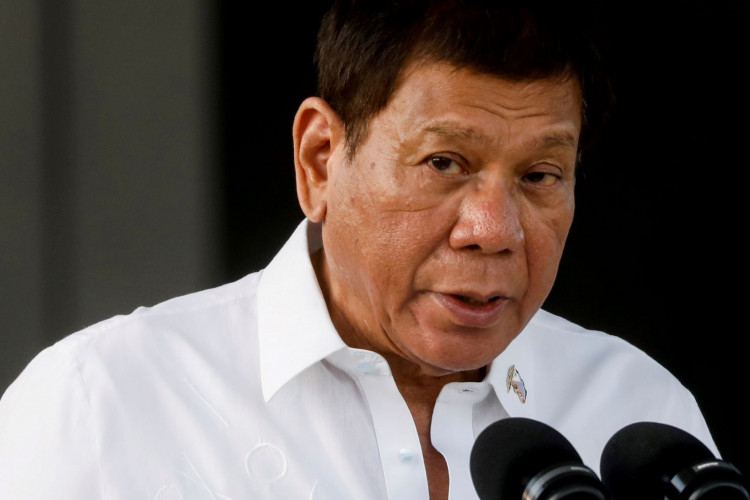President Rodrigo Duterte of the Philippines has signed an executive order to incorporate nuclear power in the country's energy mix, as officials prepare to phase out coal-fired power facilities and after previous attempts failed owing to safety concerns.
The directive, signed February 28 and made public Thursday, might be a defining moment for the country's energy industry, which is plagued by frequent power outages and high prices, but critics are concerned.
"The national government pledges to introduce nuclear power into the state's energy mix for energy production," the order stated.
The directive, signed only three months before Duterte's single six-year tenure ends, also mandates an inter-agency group set up by the president in 2020 to investigate the practicality of restoring the Bataan Nuclear Power Plant, which has been closed since 2011.
Despite popular worries about safety, Energy Secretary Alfonso Cusi has argued that nuclear power could be the solution to the dual challenges of insecure supply and high electricity prices.
The Department of Energy (DOE) has previously performed a feasibility assessment to see if nuclear power could be added to the country's energy mix.
A nuclear energy program, according to the EO, has the ability to drive economic growth. Nuclear power can also help cut greenhouse emissions and has a high potential to decarbonize the electricity sector.
As the Philippines prepares to retire coal facilities in line with its pledge to help limit climate change, Duterte said nuclear power would be tapped as a viable alternative baseload power source, taking into account the experience of industrialized nations.
Previous attempts to pursue nuclear energy in the Philippines failed because of safety concerns, but the reactivation of the BNPP, which was built under the dictator Ferdinand Marcos' reign, is at the heart of the new plan.
The Department of Budget and Management will charge the order's financing requirements against available DOE and NEP-IAC funds, as well as other eligible funding sources identified by the Department of Budget and Management.
After Marcos' departure and the disastrous Chernobyl nuclear accident, the government shelved the facility, which was built in 1976 in response to an energy shortage and completed in 1984.
Since 2009, the BNPP has been open to the public as a fee-based tourism attraction to assist offset the costs of its upkeep.
According to local media, Ferdinand Marcos Jr., the late dictator's son and the current front-runner in the May presidential election, has stated he intended to "revisit" the BNPP project.






